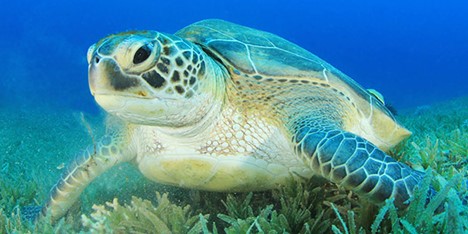Weeknotes 19/04/2024
It’s been another very busy week for the digital team, so lets get right into it…
Felling licence retro
This week we had the felling licence retrospective. It was a chance for the team who worked on the felling licence project to talk about what went well, what didn’t go well, and what can be improved moving forward.
Some of the highlights were:
Positives:
- delivered on time
- good teamwork when no big issues were present
Could have been better:
- issues around the power and influence of external stakeholders
- felt rushed despite having a lot of planning time on paper
- ended up publishing content that was not good for the user
- potential missed opportunity for Digital to comment on the principles document
- should have done more testing on the form before go-live
- ways of working could have been more streamlined
Ideas:
- more structure, clearer scoping and clarity around roles, responsibilities and ways of working at the beginning of engagements would be useful
- need clearer understanding of what can and cannot go on pages, for example, documents
- could explore better ways of working with subject matter experts to generate page content
- feedback and continue working with Welsh Government to improve how we work with them
There are certainly lessons to be learnt from this type of project in the future.
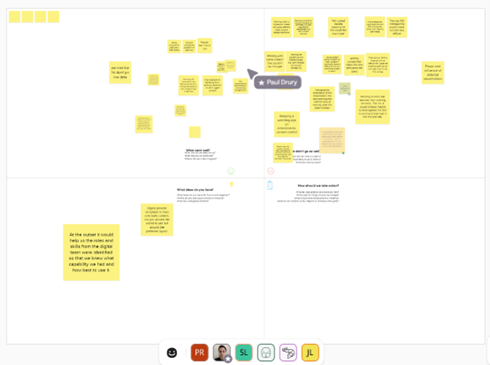
April is Stress Awareness Month
This April is Stress Awareness Month. Over the course of the month, everyone is being encouraged to follow four simple steps to prevent and reduce stress in their workplace.
- reach out and have conversations
- recognise the signs and causes of stress
- respond to any risks you’ve identified
- reflect on actions you’ve agreed and taken
Preventing work-related stress isn’t just the right thing to do, it’s the law. All employers are required to prevent work related stress to support good mental health in the workplace.
There are six main areas that can lead to work-related stress if they are not managed properly. These are:
- demands
- control
- support
- relationships
- role
- change
Factors like skills and experience, age, or disability may all affect someone’s ability to cope.
There is lots of help available to anyone who is struggling with stress in work or in their personal life. As the TV advert used to say “It’s good to talk”:
Brushing up on our skills
This week, Sophie - one of our Digital Officers - joined an interesting presentation led by Crocstar about accessibility which she found very insightful and a great way to brush up on the foundations of accessible content.
Here are some of the key takeaways she’d like to share from the session:
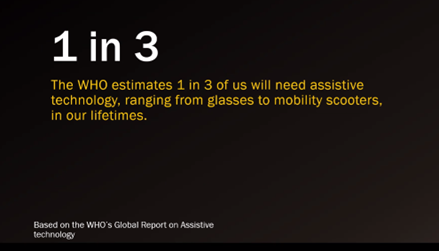
Accessibility is for everyone, any one of us could rely on assistive technology at some point in our lives, whether short or long term.

There’s a much greater number of people living with disabilities that you may be aware of. 1 in 4 or 25% of the UK are classified as disabled. Prioritising accessibility ensures they are not excluded from the conversation.
Communicating with plain language is essential in today’s climate. We live in a world of information, where we have lots of tabs open in busy environments and we are in effect ‘time poor.’ Put simply, this means there’s more information at the tips of our fingers than ever before, and too much for anyone to ever consume.
At any given time, your content might be viewed by new people without prior knowledge of the topic, or people with long term and short term illnesses or disabilities, and those who are busy and scanning your content for their answer.
Using plain language benefits everybody.
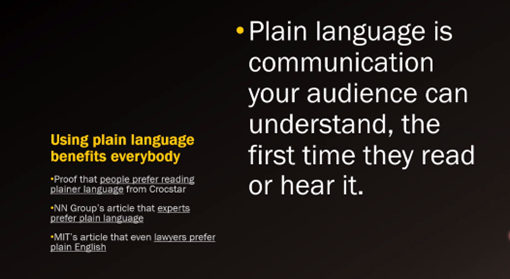
Signposting via hyperlinks is a great way to help users find the information they need to know. But it matters a lot where the link is placed. Add your hyperlink over the item itself, so for example if you’re linking to guidance on littering, make sure you add the link over the ‘guidance on littering’ part of the sentence.
Placing them earlier on in your content helps users find what they’re looking for quickly. The image below shows eye-tracking data on a webpage and the F shape our eyes tend to follow when scanning content.
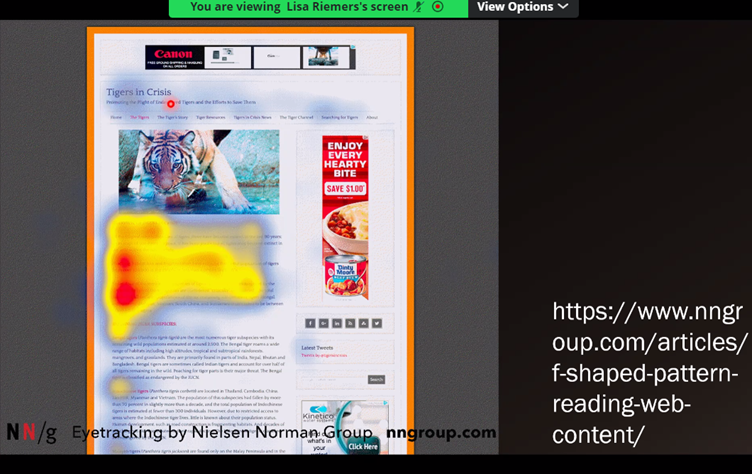
During the session, the following helpful diagram was shared and we wanted to feature it here in our weeknotes as it’s an incredibly valuable tool for teams to consider as they create content.
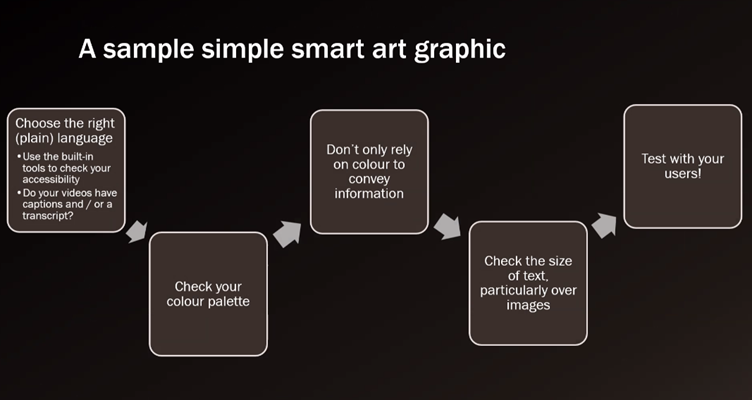
Time to say goodbye
It’s been a sad week in the digital team. Paul, our delivery manager, has got a new job and has left the team for pastures new. It’s been brilliant working with Paul and we will miss him.
On Thursday night the digital team in the south met up for Paul’s leaving party. We went to the flight club for a few drinks and a game of darts….180!!!
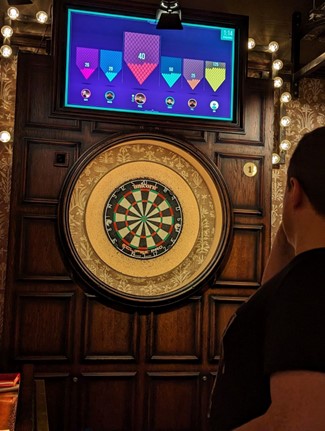
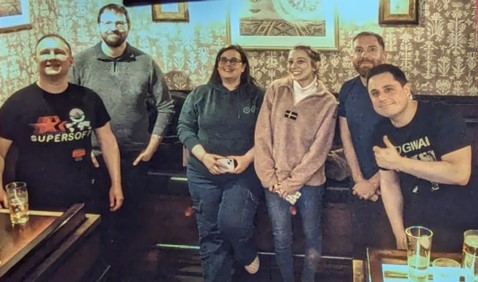
Other stuff we’ve been working on this week…
- Phil has been working with Claire on the medium combustion plant variation form and working with Suzanne on the felling licence form
- Owain has been busy finishing the testing on the NRW and WCP websites
- The digital officers kept the inbox afloat on Friday despite being emotional battered from the new Taylor Swift album ;)
Fun Fact Friday!
Over Easter Phil visited the Blackpool sea life aquarium. Some of the entry fee goes towards supporting their worldwide conservation work.
There was an amazing green turtle in the sea life aquarium.
The green turtle is one of the largest sea turtles in our oceans. Green turtles graze on seagrasses and algae, which maintains the seagrass beds and makes them more productive (much like mowing the lawn to keep it healthy). That’s how they get their lovely green colour. The sea turtle that Phil saw maintains her lovely green colour by eating tons of cucumber and lettuce each day, a very healthy turtle indeed.
